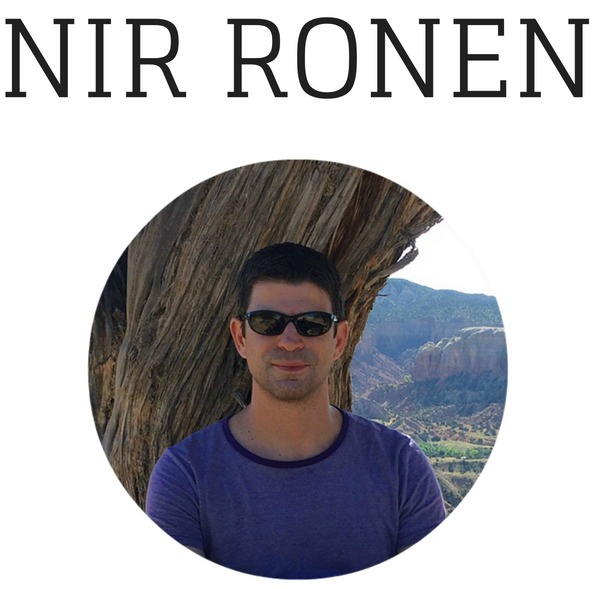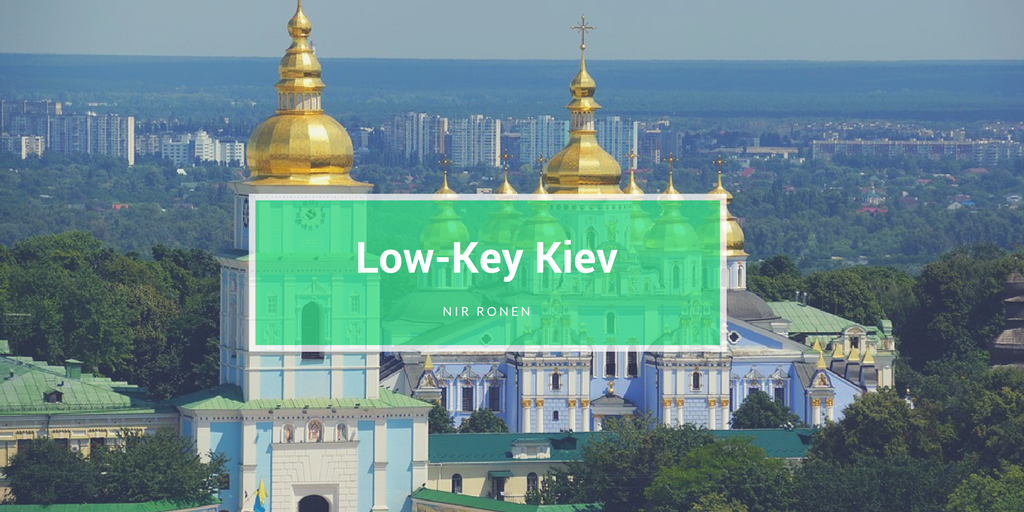In my last post, I discussed my recent trip to Moscow. A few weeks later, I had the opportunity to visit Kiev, the capital of Ukraine, as well. I will spell it “Kiev” for the sake of this blog, but as an interesting contextual point, there is political and cultural debate in the country about how the city should be written and pronounced (Kiev or Kyiv), since both Russian and Ukrainian are widely spoken there, unlike in Moscow where Russian is the official language.
Kiev can be thought of as sister city to Moscow geographically, but really it is more of a step-sibling. They may share some of the same blood, but these two cities should not be meshed together. While Moscow had not-so-subtle reminders spotted throughout the city harkening back to its Communist days, Kiev seemed more inclined to hide its Communist past. It had fewer monuments from the Communist era and a more progressive, European feel.
It would be easy to brush Kiev off as smaller and less grand than Moscow after visiting the two in succession; however, it is impressive in its own right. The city has an ancient history, dating back to the 5th century when it most likely served as a commercial center. Like Moscow, Kiev was a Communist city controlled by the Soviet Union; it wasn’t until the Soviet Union’s collapse and Ukrainian independence in 1991 that the city came into its own as a prosperous hub of commercial activity and technology.
Today, Kiev is at once low-key and luxurious. My hotel was very sleek and modern, with a nice swimming pool I made use of during my stay.
With a flair for the modern, Kiev also remains true to its roots with Religion as a central aspect of Ukrainian culture. However, although containing many sacred and historic buildings, the city did not feel antiquated in any way. Kiev has seen dramatic developments since the collapse of the Soviet Union and it is currently the largest and richest city in Ukraine. Kiev is the most pro-Western city in Ukraine, with many parties voting for integration with the European Union in elections.
One of the most magnificent sites I had the opportunity to visit during my stay in Kiev was the Kiev Pechersk Lavra, also known as the Kiev Monastery of the Caves. The Christian monastery is actively in use, with over 100 monks in residence. While the Lavra appears to be a regular, albeit ornate, complex of buildings from the outside, its looks are deceiving. The area contains an underground labyrinth of catacombs where religious figures are buried. The building’s underground caves also include living quarters and underground chapels. I could sense right away what a sacred place the Lavra is, with people praying in a devout manner throughout the monastery complex.
Overall, Kiev shared some similarities with Moscow, with its deep metro system (the Arsenalna station is the deepest in the world) and its language barrier. Whereas nearly everyone speaks Russian as their first language in Moscow, in Kiev there was a blend of Russian and Ukrainian.
I am grateful that I had the opportunity to visit both Moscow and Kiev in my travels, as I am reminded again what an enriching and educational experience traveling is when one opens themselves to learning about new cultures.

